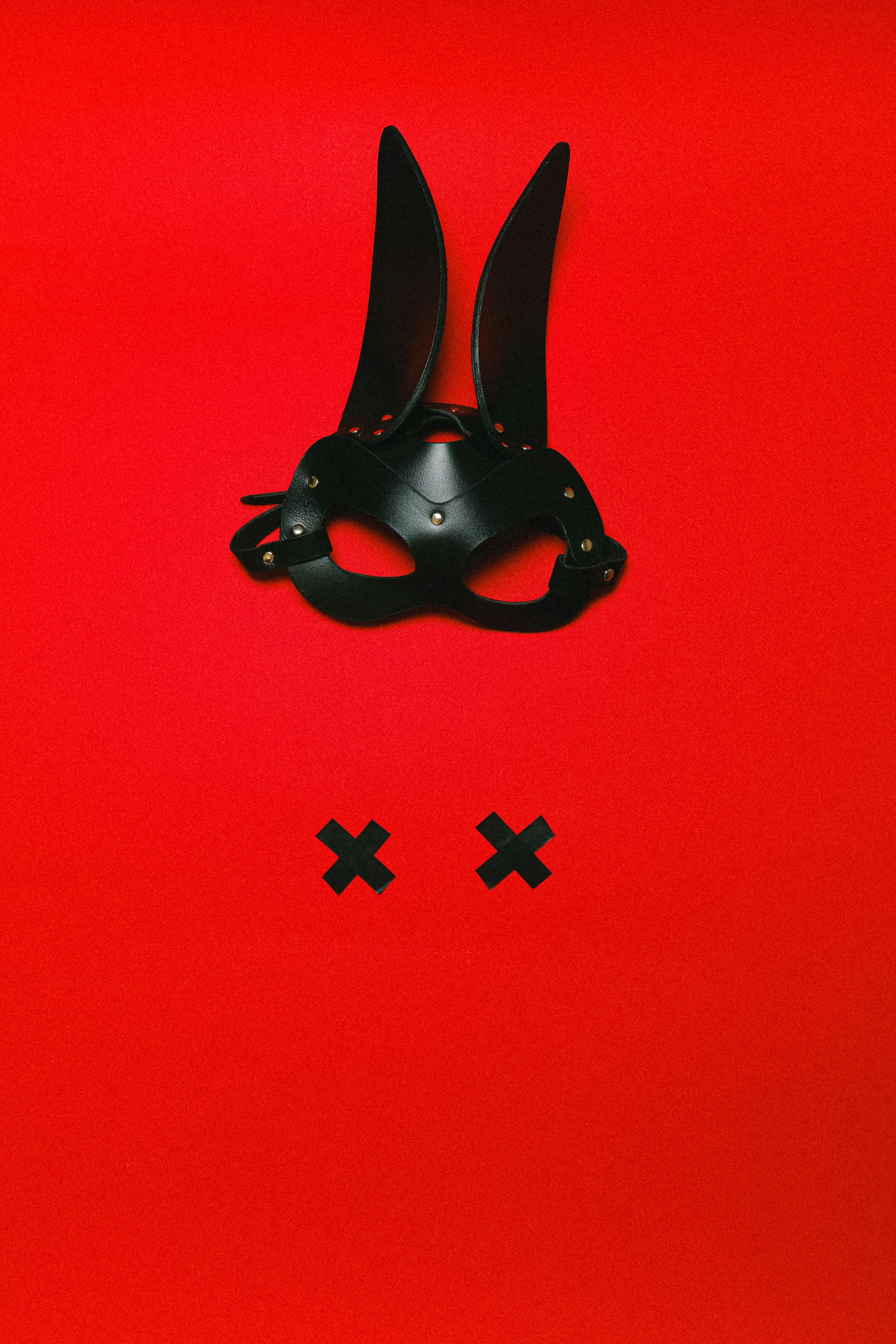What Is Inner Loneliness—And Why Should You Care?
Have you ever found yourself at a party, surrounded by laughter, yet feeling invisible inside? Maybe you scroll through endless group chats, see others making plans, and wonder why you still feel empty or unseen. If this sounds familiar, you’re not the only one.
Inner loneliness is a silent struggle, sometimes masked by a busy social life, career, or family commitments. It’s the ache of wanting more meaningful connections, the heaviness of feeling misunderstood, or the sense that no one truly “gets” the real you. Statistics today reveal a worrying trend: Americans aged 18–45—especially adults aged 25–34—are experiencing a spike in deeper, more hidden loneliness, even as our world becomes more digitally connected.
But how can you tell if it’s just a bad week or something deeper? That’s where the Inner Loneliness Test comes in.
What Makes Inner Loneliness Different Than Just "Feeling Alone"?
You can feel lonely in a crowded room, or perfectly content curled up alone on a Friday night with Netflix. Inner loneliness is about the quality, not the quantity, of your relationships. It’s:
- A sense of not belonging, even with peers or loved ones.
- Feeling emotionally distant, even when you’re physically close.
- Struggling to find someone who really listens—or who you feel comfortable opening up to.
As psychologist Dr. Vivek Murthy states,
"Loneliness is the feeling that the people you are surrounded by are not truly there for you."
Our fast-paced, always-online culture sometimes makes these feelings worse. Social media can create the illusion of closeness while deepening the divide between authentic sharing and everyday small talk.
Recognizing the Signs: Do You Have Inner Loneliness?
Not sure if you’re experiencing inner loneliness? Here are some subtle but telling signs:
- You crave deep conversation, but most chats stay on the surface—memes, TV, or gossip.
- It’s easier to “ghost” group activities or messages than admit you want someone to invite you out.
- After social events, you go home feeling emptier, not recharged.
- You often feel “out of sync” with those around you—even longtime friends.
- New friendships feel hard to start, or you worry people might be uninterested in the “real” you.
Take Control: Start with the Inner Loneliness Test
Instead of guessing, why not take a few honest minutes to see where you really stand? The Inner Loneliness Test goes beyond asking if you feel “alone” and instead explores:
- How comfortable are you sharing your feelings with others?
- Do you have someone you trust with your deepest worries or joys?
- Do you have to put on a “mask,” or can you be yourself with others?
- Are you waiting for texts or invitations that rarely come?
- How often do you feel disconnected or misunderstood, even when you’re not technically alone?
With a handful of easy, judgement-free questions, you’ll quickly see your own patterns—and maybe discover some blind spots you didn’t even know were there.
Why Does Inner Loneliness Hit Young Adults So Hard?
Life between 18 to 45 can bring huge changes: leaving home, job shifts, dating, moving to new cities, marriages, breakups, the rise of remote work, or starting families. Each milestone is a chance for connection—but also a risk of feeling left behind.
✅ The Mental Health Impact
When left unchecked, inner loneliness can spiral into anxiety, self-doubt, or depression. Studies show it may even:
- disrupt sleep,
- lower motivation,
- increase feelings of stress or overwhelm.
Sometimes, what we call “burnout” or “boredom” is really loneliness in disguise.
✅ Disruptions in Social and Work Life
Loneliness isn’t something you can leave at home. It follows you:
- to the office (remotely or in person),
- at networking events or Zoom meetings,
- through changes in friendship circles,
- and can even cause social withdrawal—just when you need support most.
You might find yourself:
- Hesitating to text first because you fear rejection.
- Dismissing social invites because it feels safer to be on your own.
- Feeling out of place at work despite friendly “water cooler” talk.
✅ Your Body Feels It, Too
Did you know chronic loneliness is as harmful as smoking 15 cigarettes a day? Medical research ties it to:
- Higher blood pressure
- Weaker immune response
- Increased risk of heart conditions and premature aging
So, this isn’t just about feelings. Being honest with ourselves about loneliness is important for our wellbeing—body and mind.
Real People, Real Stories: Why Take a Loneliness Quiz?
Emma, 28:
"Sometimes I’d sit in a crowded café, scrolling through social media, and still feel completely out of place. I wasn’t 'alone,' but I felt invisible. The test made me realize that what I wanted wasn’t just company—but connection."
Michael, 32:
"I always thought I was just introverted. But after seeing my test results, I realized I was passively waiting for people to reach out. It changed my approach to friendships—and even how I use social media now."
You don’t have to be “broken” to benefit. Even people with strong social lives sometimes realize, through this quiz, that they want more authenticity or deeper bonds.
How Does the Inner Loneliness Test Work?
No need for lengthy surveys or intimidating questions. Each item on our Inner Loneliness Test asks about a real-life scenario, like:
- “Do you feel lost when you have to do many things on your own?”
- “Do you feel like you can’t find someone suitable to talk to?”
- “Do your relationships make you feel valued—or invisible?”
- “Do you often wait silently for someone to contact you first?”
You choose from options like “Never,” “Rarely,” “Sometimes,” or “Often.” There’s no shame, and you get actionable feedback—not a label or diagnosis.
7 Easy Ways To Reduce Inner Loneliness (Right Now)
You don’t need to overhaul your life, move cities, or find a new friend group overnight! Start small:
- Send a Check-In Message: A simple “hey, thinking of you” can reignite friendships.
- Find “Your People”: Look for groups with shared interests—book clubs, fitness classes, online forums, volunteer gigs.
- Be Honest About Your Needs: Open up—even a little—about how you’re feeling. Others may be quietly longing for the same thing!
- Make Scheduled Time: Book “friendship appointments” the way you’d book a gym session. Consistency strengthens bonds.
- Turn Online Interactions Into Offline Meetups: If possible, move beyond texts to a quick coffee or call.
- Give Without Expecting: Compliment someone, lend a hand, or share encouragement without any agenda. Giving builds ties, too.
- Consider Professional Help: If loneliness persists or grows, seeing a counselor can be life-changing.
Why Take the Inner Loneliness Test Today?
- Private & Secure: Your answers aren’t recorded or shared.
- Short & Simple: Takes less than 5 minutes to complete.
- Instant, Understandable Results: No jargon or judgment, just actionable feedback.
- Your Wellbeing Matters: Small steps today lead to a more connected, satisfying tomorrow.
Don’t wait for a “better time.” Understanding your own inner landscape starts with a single click.
Take the Inner Loneliness Test now.
Frequently Asked Questions About the Inner Loneliness Test
What’s the difference between loneliness and being “alone”?
Being “alone” is a physical state—no one else is present. Loneliness is about how connected you feel, regardless of how many people are around.
Who should take the Inner Loneliness Test?
Anyone ages 18–45 (especially if you’re 25–34), whether you’re single, married, outgoing, or introverted, can benefit. Loneliness does not discriminate!
Will my test be private?
Absolutely. Your information will never be shared, and you’ll receive results instantly with complete privacy.
What if I’m embarrassed or scared about my results?
Taking the first step to name what you’re feeling is already a huge act of courage. No one will see your answers but you, and you may be surprised by how many people feel the same way.
Final Thoughts: Turn Insight into Connection
The Inner Loneliness Test isn’t just a quiz—it’s an invitation to understand yourself better and build a life with more joy and belonging. Don’t underestimate the power of self-awareness: it’s often the spark that leads to stronger friendships, more meaningful conversations, and above all, a deeper sense of self-love.
Take the test. Share it with a friend. Start conversations that matter. Together, we can move from lonely to connected—one honest moment at a time.
---





Leave a comment
This site is protected by hCaptcha and the hCaptcha Privacy Policy and Terms of Service apply.